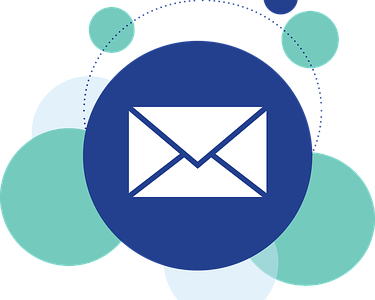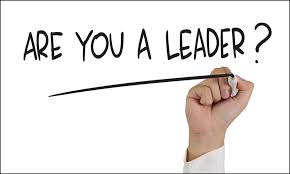While email marketing may be one of the most powerful weapons in your arsenal, it is most likely one of the most underused. When done right, an effective email can turn readers into paying customers.
But if you’re not seeing the conversion you were hoping for, it can be frustrating. Read on to find out if you’re making any of these 6 deadly email marketing mistakes how to fix them.
Subject Line
Your subject line is overhyped and it doesn’t match with the body copy. We’ve all read articles like “How to come up with a subject line that gets your email opened.” They’re even websites like subjectline.com that will give your subject line a “score” based on how likely it gets opened.
However, subject lines that get you more “opens” don’t necessarily lead to better conversions. Sure, baited headlines might get more clicks, but after some time people stop trusting brands that practice such tactics. When an email has very little substance to offer, it’s only a matter of time until people begin to mark it as spam.
As a result, you must keep your subject lines simple and to the point. Always remember, the best subject lines don’t sell what’s inside, they tell what’s inside. You want the subject line, to some extent, to encourage people to click but if you constantly let down your audience with the email content it will have a long-term adverse effect.
CTAs (Call to Action)
Your email may contain too many CTAs. Every business has a specific goal with its email marketing campaign. This might be to get more clicks to a blog post, to get readers to sign up for a webinar, or share free content to build and segment a mailing list.
With this in mind, it’s important that your emails include no more than two CTAs. This would help you to eliminate confusion which in turn would encourage you recipients to take your desired action.
Marketers usually try to do too much in one email campaign. Having more buttons in a single email doesn’t mean more clicks. Keep your goal and CTA clear and simple.
Plain Text
You haven’t offered a plain text link. Plain text emails are the digital equivalent of a typewritten letter – no images, no special fonts and no hyperlinks. While they may not look as attractive, they play a significant role in any email marketing campaign.
Simply put, not all of your readers will have email clients capable of displaying HTML emails. In other cases, bandwidth limitations may prevent your readers from seeing HTML links.
In such cases, plain text links give readers an alternative. You might not be able to show off your amazing graphics. Most email campaign managers such as Mailchimp, Mailerlite, and Get Response include an option for plain text links when creating email campaigns.
Permission
If you didn’t get permission before sending emails, you could actually get into a serious legal trouble for adding people to your list without their permission. Always check your country’s laws against spam.
Too many businesses take shortcuts and buy email lists or compile them in unethical manner. Spam hurts the reputation of your business big time. Once people start marking your email as spams, you come under the “spam radar.”
Understand that for you to send emails to people, you must have their explicit permission first. For instance, if you collect business cards at an event, you shouldn’t add those email addresses to your mailing list.
At the same time, also understand that just because someone opted into your email list once, maybe for a contest or digital download, it doesn’t mean that they necessarily want to hear your marketing messages. Your emails to such subscribers might be perfectly legal, but they won’t necessarily convert well. It’s also a good idea to remind readers why they received the email in the first place.
Segmentation
Your email list isn’t segmented. As a rule of thumb, segmented lists results in a higher open rate and click rate than non-segmented email lists.
As a marketer if you’re not taking advantage of segmentation, there’s a good chance you’re missing out on potential revenue. One way to segment your email list is through creating buyer personas. With this tactic, you’ll send different emails to different customers, depending on their demographic and psychographic preferences.
For example, if your persona is a young lady in her mid 20s, then you can come up with a subject line that millennials can relate to. For this tactic to work, you need a lot of data about your customers, as well as a way to plug this data into your email tool.
An alternative tactic is to segment based on content consumption patterns. With this tactic, you can send customers different content-types and topics. Based on their consumption choices, you can fine tune your messages further.
For instance, suppose you have a list of 10,000 subscribers who signed up for your marketing newsletter. Now suppose you sent a guide to email marketing to everyone on your list, and 5,000 of your 10,000 subscribers opened and read the guide. These subscribers have now shown that they’re interested in email marketing.
Personalization
You’re writing emails as a company, not as a person. I’m sure you’ve received emails like this “no-replyAtsomedomainDotcom.” Instead of starting a conversation with customers, they just want to throw information at you. They miss on building meaningful relationships and engagement opportunities.
This is exactly what great email marketing does: it creates conversations!
Email marketing can be a tough nut to crack, especially if you want immediate monetary conversions. However, if you follow the tips above, you’ll see improvement in your email marketing ROI.





